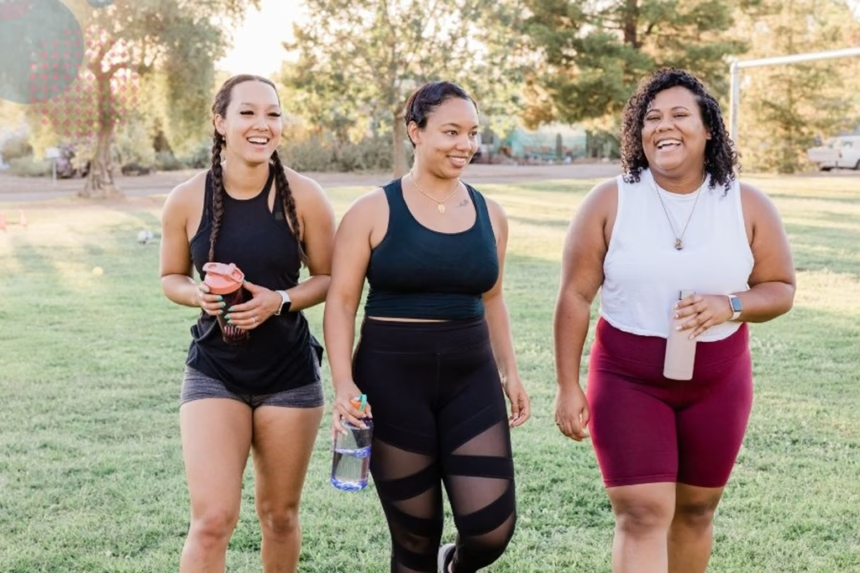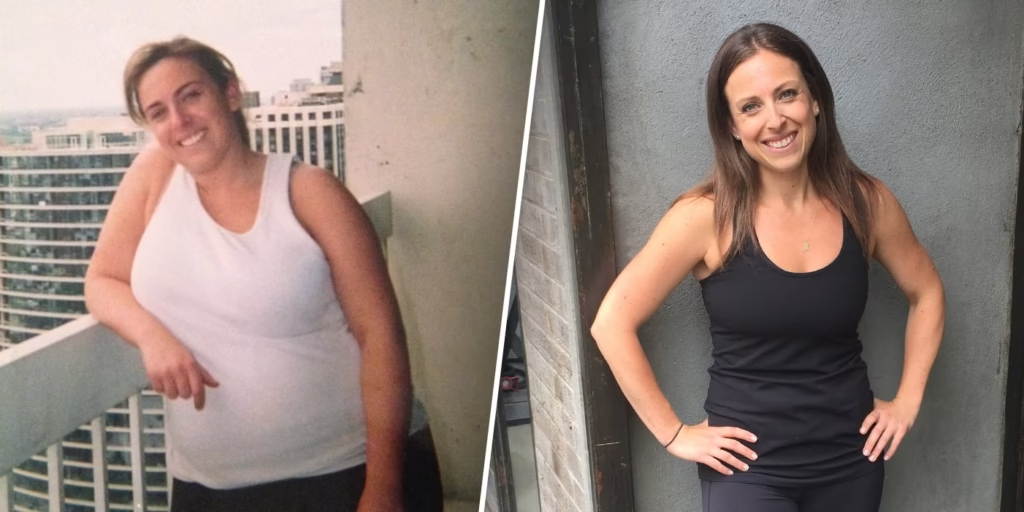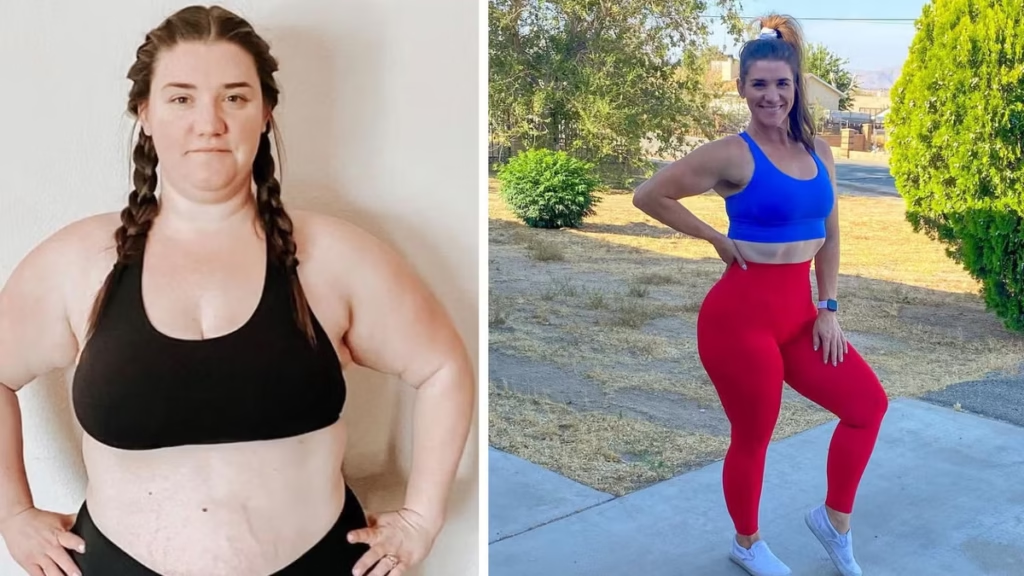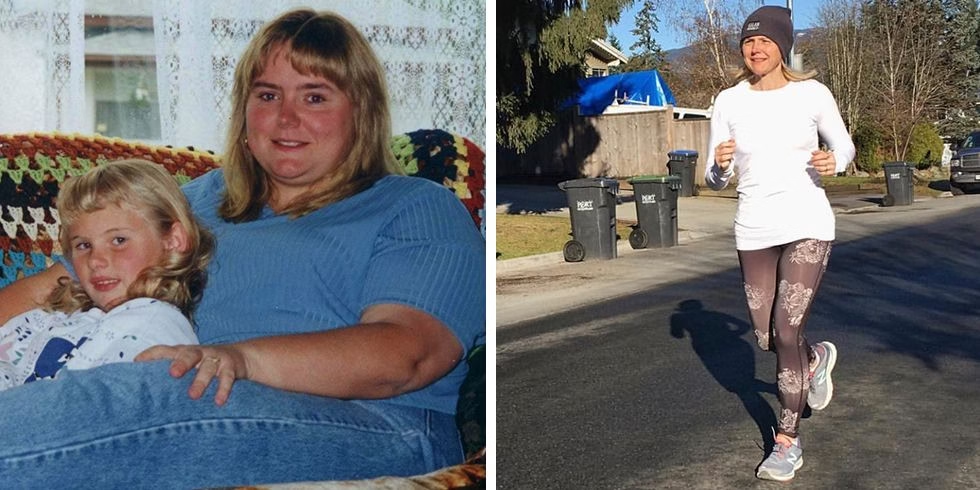Walking Transformations looks simple, but it hides power. A few smart tweaks, in short bursts, can change the body, sharpen the brain, lift mood, and even tidy up daily life. It costs nothing, suits any age, and fits around a busy day.
Here is the surprise. Just 15 brisk minutes a day has been linked with roughly a 20 per cent lower risk of death. Even 5 to 6 minutes can push more blood to the brain and help focus. Small cadence nudges build stamina, and bite-sized walks spread across the day can rival one longer session for heart and longevity gains. These shifts play out at home, at work, and on school grounds.
This guide shares simple, science-backed wins that readers can try today. It sticks to plain language, friendly tone, and clear steps. If health concerns are present, listen to the body and speak to a clinician before changing routine. The aim is steady progress, not perfection.
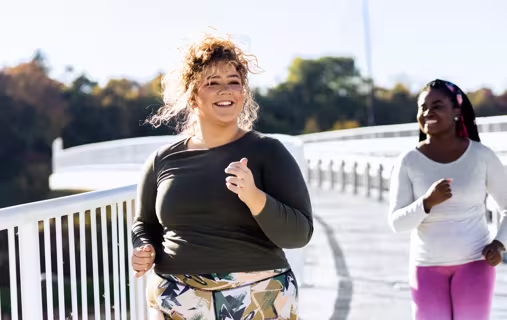
Hidden body upgrades from simple walks
Walking does more than burn calories. Pace carries more weight than distance, tiny step-rate changes rebuild stamina, and micro-walks still count. Small actions compound fast.
Pace over distance: why brisk minutes beat long strolls
A shorter, faster walk can beat a long stroll. Daily fast walking, even around 15 minutes, has been linked with about a 20 per cent lower risk of death in large groups. Coverage of this link can be seen in an American medical centre summary on a fast daily walk and lower mortality risk, and a report from the American Journal of Preventive Medicine. Popular coverage also echoes the message that fast walking is tied to longevity.
What counts as brisk? Think talk test. Talking is fine, singing is not. Breathing feels deeper, the heart rate rises a touch, arms swing, and the stride looks purposeful.
Simple cues help:
- Track brisk minutes, not just total steps.
- Aim for 10 to 20 brisk minutes on most days.
- Use landmarks to hold pace, such as two lampposts, brisk, one easy.
A quick home test: walk a familiar loop twice, once easy and once brisk. If the brisk loop trims the time by 15 to 25 per cent without gasping, the pace is about right.
Cadence tweaks that rebuild stamina and reduce frailty
Cadence means steps per minute. Small changes matter. Lifting cadence by roughly 14 steps per minute during brief bursts can improve stamina in older adults and may lower frailty risk over time.
Easy nudges:
- Walk to music at 110 to 130 beats per minute to guide quick, light steps.
- Try 30 to 60 seconds brisk, then 60 to 90 seconds easy, repeat 4 to 8 times.
- Keep steps short and quick rather than long and heavy.
Posture adds free speed. A tall chest, eyes up, relaxed shoulders, arms swinging from the shoulders, and feet landing under the hips all help. Think tall, quick, light.
A handy cheat sheet for cadence cues:
| Goal | Cadence guide (steps/min) | Tip to feel it |
|---|---|---|
| Easy recovery | 90 to 105 | Nose-in, mouth-out breathing |
| Brisk talk-test pace | 110 to 125 | Short, quick steps, swing arms |
| Brief stamina burst | 125 to 135 | Count steps for 15 seconds x 4 |
Count steps for 15 seconds, then multiply by 4. That turns feeling into feedback without fuss.
Anti-ageing protection without a gym membership
Regular walking supports heart health, blood pressure, blood sugar control, and weight management. Reviews of walking in older adults point to a lower risk of heart disease deaths with a brisk pace compared with a slow pace, as seen in a broad review on walking for healthy ageing. It is not magic; it is consistent movement that improves aerobic fitness and helps with body fat, blood pressure, and insulin sensitivity.
Practical guidance:
- Spread 5 brisk bouts of 3 minutes across the day if longer sessions feel hard.
- Pick forgiving surfaces like park paths, school tracks, or cinder trails for joints.
- Comfortable shoes are enough. Fancy kit can wait.
A simple safety set: warm up for a minute, settle into pace, ease back for a minute, and check how legs and feet feel. No soreness the next day is a green light.
The 5-minute rule: micro-walks that still move the needle
Benefits do not wait for long workouts. Even 5 to 6 minutes of moderate walking can boost brain blood flow, which supports focus and mental clarity. Short bouts spread across the day also back heart and longevity gains, similar to one longer session, when the brisk minutes add up.
Micro-walk triggers that work:
- After meals, a 5-minute loop to help steady blood sugar and energy.
- After calls, one lap to reset posture and headspace.
- At the top of each hour, take a quick walk to keep stiffness at bay.
Stack two or three 5-minute bouts on busy days. The clock becomes an ally, not a critic.
Brain and mood shifts few expect from walking
The brain responds to movement within minutes. A short walk can switch on focus, ease worry, and loosen mental knots. No special kit, just a steady rhythm.
Five minutes to a sharper brain
A short moderate walk can increase brain blood flow in minutes. That lift supports focus, memory, and processing speed. The effect feels like opening a window in a stuffy room.
Try this:
- Set a 5-minute timer.
- Walk a familiar loop without the phone in hand.
- Use nose-in, mouth-out breathing where comfortable.
- Keep a steady rhythm, eyes looking ahead, not down.
Finish by noting one thing remembered more clearly than before the walk. That quick check reinforces the link between movement and mental sharpness.
Steps that lift mood and ease stress
Daily steps stack up to protect mood. Studies link 7,000 to 10,000 steps a day with lower odds of depression, roughly 31 to 43 per cent in some groups. The act of walking also breaks rumination by shifting attention to breath, sight lines, and footfalls.
A simple mood drill:
- Rate your mood from 1 to 5 before a 10-minute walk.
- Repeat after the walk.
- Do this three days in a row, and look for a trend.
If the number rises by even one point most days, that is a strong personal signal to keep going.
Nature routes for attention and creativity.
Green routes calm the nervous system. Parks, riversides, and tree-lined streets invite soft focus, which restores attention. A short nature walk can clear mental fog without effort.
Ideas to try:
- One-idea lap: pose a single question at the start, walk in silence, jot the best idea at the end.
- A quick mindfulness drill: notice five things seen, four heard, three felt, two scented, and one taste or breath detail.
A weekly nature walk of 15 to 20 minutes at the talk-test pace can become a creative well. The phone stays in the pocket until the end.
Screen-break protocols that reset thinking in one lap
Here is a repeatable reset for work or study. Stand, leave the phone, walk one building or block loop at a brisk walk-test pace, swing arms, and look far ahead. Return to the desk in 6 to 8 minutes. On heavy days, repeat twice, separated by an hour.
This routine outperforms more scrolling. It refreshes posture, pumps blood, and clears visual fatigue. It also turns breaks into recovery rather than distraction.
Social and planet-friendly wins most people overlook
Walking shapes more than bodies and minds. It supports local ties, trims short car trips, cleans the air, and saves money. It also feels good to move through the place one lives.
Walking as social glue in the neighbourhood
Footpaths are social spaces. A steady walk invites a quick nod or chat with neighbours. Small group walks build a sense of safety and community. A weekly loop works well, or a parkrun-style meet where walking is welcome.
Conversation pace helps. If a chat flows without puffing, the tone is right. Families can mix buggies, scooters, and short legs, then share a hot drink at the end.
Swap one short drive for a walk to cut emissions and costs
A short drive under a mile is ripe for a walk. Walking produces no tailpipe emissions, which supports cleaner air and eases traffic. It also saves fuel and parking fees, and it trims stress from finding a space.
Planning tips:
- Leave 10 minutes earlier to remove time pressure.
- Pick lit routes and crossings, and wear something bright in low light.
- Bundle errands that sit on one loop.
Replacing even one short car trip a week adds up over a year, both for health and for the street outside.
The most accessible workout for every age and budget
Walking works across ages, sexes, and backgrounds. No membership is needed. Trainers that feel good are enough. Benches help with rests. Softer paths like grass, park trails, or cinder tracks ease joints. A buddy adds safety and chat.
A helpful task: map three safe, pleasant routes from home, work, or school. One short loop, one medium, one longer. Rotate them to keep walks fresh.
Build a walking culture at work or school.
Simple culture shifts can nudge a whole group. Try walking meetings for pairs, brisk-minute clubs, and safe route maps on notice boards. A weekly lunch walk that is flat, accessible, and well-lit makes the habit social. Those who prefer quiet can take a solo loop and rejoin.
Leaders can model the behaviour. When managers, teachers, or captains walk, others follow. Small wins first, then scale.
A simple 4-week walking upgrade plan that actually sticks
This plan builds habits, not pressure. Each week has one focus. Track simple signals, keep one full easy day, and let the body adapt.
Week 1: build the base with micro-walks
Goal: two to three 5-minute walks each day after meals or meetings.
- Focus on posture, tall and relaxed, with a steady rhythm.
- Track brisk minutes and a daily mood score.
- Choose two safe routes and use them on repeat.
- New to the activity? Start with one 5-minute walk and add one minute each day.
Safety cues: finish with a gentle stretch of calves and hips. Pain is a stop sign; mild next-day stiffness is common at first.
Week 2: add pace play without overdoing it
Goal: three sessions with light pace bursts.
- Warm up for 5 minutes easily.
- Do 6 rounds of 30 seconds brisk, 60 seconds easy.
- Aim to lift cadence by about 10 to 14 steps per minute during brisk parts.
- Finish with 3 minutes easy.
- Keep one full easy day to recover.
Counting tip: count steps for 15 seconds in a burst, then multiply by 4. Adjust stride to keep steps short and quick.
Week 3: brain boosts and mood anchors
Goal: two nature walks of 15 to 20 minutes at a talk-test pace.
- Add a daily 5-minute phone-free lap as a reset.
- Use one-idea laps for creativity on workdays.
- Note mood or focus changes before and after in a simple log.
For added insight on how pace ties to health, readers can scan a concise review of walking and ageing in this open-access review.
Week 4: replace one car errand and add a social walk
Goal: swap one short drive with a walk and schedule one group or buddy walk.
- Keep one pace-play session and one longer easy walk.
- Track four simple metrics: weekly brisk minutes, average cadence on brisk parts, mood score trend, and count of car trips replaced.
For motivation in diverse communities, recent coverage highlights that fast walking benefits are seen across groups, including low-income adults, in a summary on brisk walking and reduced mortality in underserved groups. The thread is the same: consistent, brisk minutes matter.
FAQs that keep people moving
- How fast is brisk for most adults? If singing is hard but talking in short phrases is fine, that is brisk. Many find 110 to 125 steps per minute works well.
- What if joints feel creaky? Pick softer paths, shorter bouts, and build slowly. If pain lingers, rest and speak to a clinician.
- Steps or minutes? Minutes at a brisk pace are easier to manage. Steps help with general movement. Use both if it helps, but do not chase numbers at all costs.
- What about older adults and safety? Walk with a buddy, carry a phone, choose well-lit routes, and use benches for rests. Small cadence nudges beat big stride changes.
Extra science stops for those who like data.
For readers who enjoy source material, a medical journal analysis links daily walking pace with mortality in diverse groups in the American Journal of Preventive Medicine. News roundups echo the key stat that around 15 minutes of fast walking is tied to nearly 20 per cent lower mortality in midlife and older adults, seen in both a VUMC news summary and a clear explainer on fast walking and longevity.
Conclusion
Small tweaks turn walking into quiet power. Faster pace beats only long distance, tiny cadence nudges lift stamina, brains and moods can shift in 5 to 6 minutes, and short trips on foot support community and cleaner air. Take one 5-minute brisk walk today, set a simple cue for tomorrow, and try one cadence burst this week. Share a favourite route or invite a buddy to make the habit stick. Every step towards a more active day is a step towards better health.




